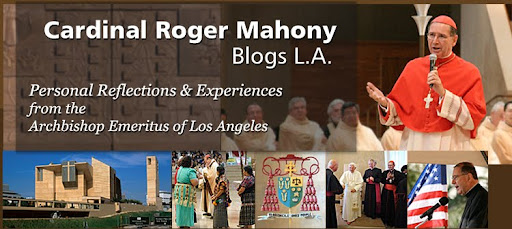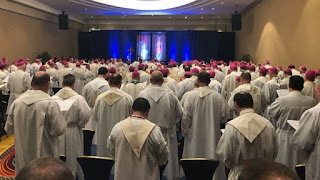The Covid 19 pandemic has unleashed terrible discrimination and verbal/physical attacks upon our Asian American brothers and sisters. States, cities, and communities are examining their consciences on how our Asian community has been treated over the years.
Here in California, we deserve no better than an F. Here are three examples of how Asians came to our State, and how their success led to punitive legislative measures:
I. CHINESE FARM WORKERS
Chinese workers had been imported to work on the Transcontinental Railroad in the 1860s.
When it was completed in 1869, many Chinese were drawn to the Sacramento area and the Gold Rush. Unlike typical gold miners who squandered their gold earnings on liquor, gambling, and women, the Chinese wisely saved their money and soon moved into agricultural.
They were successful farm workers and even bought small farms. Their success brought the passage of the Chinese Exclusion Act in 1882 to block their economic gains in agriculture. Even 152 years ago we began to stereotype and punish Asians who became successful.
II. JAPANESE FARM WORKERS
Between 1898 and 1900 many Japanese were brought to California to work in the fields. It was not long before they gave up working for farmers and ranchers and set out on their own. They were extremely successful, saved their money, and formed collectives to benefit from many families owning and operating collective farms.
This success
brought the passage of the Alien Land Law in 1913 which forbade Japanese from
owning and operating farms and ranches. Again, 108 years ago, the fury of California was unleashed on the hardworking success of our Japanese brothers and sisters.
III. FILIPINO FARM WORKERS
Filipino farm workers came in three waves: the first wave of 100,000 "manongs"took place in the time between 1920 to 1930. They were permitted to come to California because at that time the Philippines was a Territory of the USA, not a foreign country. Most of them began working in the great Delta area in and around Sacramento, working in the agricultural crops of this region.
The State and local jurisdictions passed misogyny laws forbidding Filipino workers from marrying anyone except a Filipino. The problem was that Filipino men outnumbered Filipino women 14 to 1. Few women came during these years.The second wave came in 1946 right after the Second World War. Many USA servicemen married Filipino women while stationed in the Philippines and brought them back after the war. Immigration laws then permitted the soldiers to petition and bring many other family members to the USA. Large numbers of these Filipinos centered around the Delta region and became very industrious farm workers.
The third wave come in 1965 with the passage of the Immigration and Nationality Act. Many more Filipinos began arriving, but this time many were trained in the medical field: doctors, nurses, medical technicians, and the like. But also, many more came to work in California’s fields and orchards.
Since most Filipinos spoke English they were not treated as badly as the earlier waves of Japanese and Chinese immigrants.
IV. FURTHER INCIDENTS
Between 1942 and 1945, some 120,000 Japanese across the country were rounded up and confined in ten different relocation camps in several States. Two of those camps were here in California: Manzanar Relocation Center along the eastern Sierra Nevada mountains, and the Tule Lake Relocation Center in northern California.
These Japanese, many USA citizens, were presumed to be "pro-Japan" during World War II. These camps were fortified with no opportunity to depart, a veritable prison setting.
Following the end of the war in 1945, those in internment camps were allowed to return to their homes. These Japanese were often met with suspicion and hostility for years to come.
After the fall of Vietnam in April of 1975 to the Viet Cong, thousands of Vietnamese refugees were housed in many countries across southeast Asia. Many were permitted to come to California under the auspices of the Catholic Church acting as partner with the government to help resettle so many refugees. The Catholic Church played a very important role in this resettlement process.
Since Cambodians and Hmong people had collaborated with our country in trying to repel communists in Vietnam, our government had to bring many to our State to avoid being imprisoned or killed.
There then followed a large influx of Koreans to southern California. Next, people from throughout Southeast Asia and Asia Pacific began arriving here.
Many people from all of these groups brought with them their Catholic faith, and many special Centers sprung up to serve them.
Despite our best efforts to inculturate our many Asian brothers and sisters into our society in California, the Asians continued to be subject to verbal and physical insults and attacks. The naming of Covid-19 as a Chinese or Asian flu created renewed hostility and attacks upon all Asians because most Caucasians cannot distinguish the various Asian peoples and their varying countries.
The Catholic Church had a strong presence in many of these countries, and many priests and Sisters came to assist them in spiritual and pastoral ministry.
V. CONCLUSION
Sadly, so many aspects of hateful discrimination live on in our State--from the 1860s until today.
Our road forward is rooted in our Catholic teaching of the equality of all peoples God has placed on our earth. There are none "better" or others "worse." We share our resemblance to God's spirit and share this journey forward.
Now is the time for us to reach out to all our Asian brothers and sisters with a new sense of welcome and to diminish hateful speech and actions from our hearts, from our lives, and from our communities.















